
Not So Crowded House
Engineer, David Boucher, describes the (sometimes unusual) recording & mixing of Crowded House’s ‘Dreamers Are Waiting’.
Photos: Jesse DeFlorio
Crowded House is as Australian as pavlova. Yes, they’re New Zealand but Australians love to claim them. The first decade after the band was formed in Melbourne in 1985 was its most commercially successful. The band folded in 1996, but returned in 2006 with a slightly different line-up, and a stylistic change from pop rock to more abstract and adult rock.
Crowded House went on hiatus again in 2011, and when former band leader, singer and guitarist Neil Finn rather incongruously joined Fleetwood Mac in 2018, a reunion seemed further away than ever. However, Finn revived Crowded House a year later. This time Finn and fellow founding member bassist Nick Seymour were the only ones remaining from previous line-ups, and the two were complemented by Finn’s sons Liam on guitar and Elroy on drums, as well as by keyboardist Mitchell Froom, producer of the band’s first three albums.
Nearly two years later, in June of this year, this new line-up released ‘Dreamers Are Waiting’. Largely made during the pandemic, the album has been described as “richly-textured” and “understated,” and a “slow burn,” that needs repeated listens to unfold itself. At the same time many have noted a return to some of the classic pop of their first four albums. This combination has led some to describe the album as a “warm blanket,” a “balm” and a “return to form”.
FROOM TO MOVE
On the production side of ‘Dreamers Are Waiting’ there’s also a sense of a combination of all-change and very-familiar. The band as a whole is credited as producing ‘Dreamers Are Waiting’, which surely meant that Froom, whose other production credits include Suzanne Vega, Los Lobos, Randy Newman, and Rufus Wainwright, had significant input. A sign of his influence was the involvement of David Boucher, Froom’s regular engineer and mixer since 2001.
Boucher was an engineer on the Finn Brothers album ‘Everyone Is Here’ (2004, and produced by Froom), but he had never worked with Crowded House before. Having a relatively new face in the studio tied in perfectly with Neil Finn’s stated aims for the album. “I’ve always been afraid of just repeating the same formulas,” the New Zealander explained in a press release, “and somehow this feels like a fresh and authentic way to re-approach Crowded House today.”
Finn added, “We were fortunate to be recording in the studio right before lockdown and so began this album with band tracks recorded live in a room, all brimming with character and energy. We then spent our strangest year, 2020, at distance from each other but connecting daily, swapping files and making those tracks complete.”
WILDER & YOUNGER
It sounds like the making of ‘Dreamers Are Waiting’ was an unusual journey. From his home studio in Los Angeles, Boucher recalls, “We started work on the album soon after Neil finished touring with Fleetwood Mac, in December 2019. Neil wanted an album full of vibe that did not sound safe, and so the decision was made to start with a couple of weeks in an inexpensive studio to flesh out the songs and try new things, without any pressure to get finished results. After that, we planned to go to a big studio, a the-world-is-your-oyster kind of place, to record the actual masters.”
The ‘inexpensive’ studio the company settled on was Valentine Recording Studios in Los Angeles, which was founded in 1946 and still has distinct vintage feel, with an 32-input MCI JH-416 desk in Studio A and custom 12-channel Universal Audio 610A desk in Studio B, plus tape recorders like a 24/16-track MCI JH-114, a 16-track 1968 Stephens 811C and Ampex 454, plus tons of outboard, often old and obscure, by the likes of Flickinger, Telefunken, Hycor, Cinema, Langevin, and so on.
“I’ve been working at Valentine enough over the last few years and know that you cannot beat it for value for money,” explains Boucher. “It’s like a time capsule from the 1960s, with a really cool live room, a really cool desk, really great tape machines, and so on. I worked there with second engineer Travis Pavur, which was great. Neil wanted me to be free to make mistakes during those first sessions, and not be under pressure to get a master. Whatever mistakes we made could be explored to make the album sound wilder and younger.”


ROLL TAPE
With key qualifications like ‘character’, ‘energy’ and ‘wildness’, the use of tape made sense, though arguably less so from the perspective of trying to make an album sound young. However, says Boucher, “Recording to tape is something that Neil likes, and I also like it. I think he records to tape whenever he can. So I bought seven reels of two-inch SM900 tape, and I grabbed two reels to take with me to Valentine. Because we were not planning to record masters, I thought we could just re-use these two tapes and keep recording over previous recordings.
“I like recording on analogue tape because it gives you a feeling of intensity that requires more manipulation to achieve in the digital domain. Analogue just has a different vibe. I still go to tape with many of my clients. We recorded to the studio’s MCI JH 114 as a 16-track headstack. That tape machine can get a little cranky, so I made sure I did backups to Pro Tools every night.
“Everybody was playing live on the floor with amplifiers in the room. Everything — drums, guitars, keyboards, vocals — was going down live. The Valentine live room is a very dead space, so you could record everyone like that without getting too much ugly spill. I used more than four microphones on the drums, but recorded them to four tracks, to leave tracks open for overdubs. I had a rack of my mic pres with me, including my Neve 1082s and my RCA OP6s, and some Little Labs, and Travis had a pair of Neve 1081s. I think we also used some of the MCI desk mic pres, which are slightly unusual.”
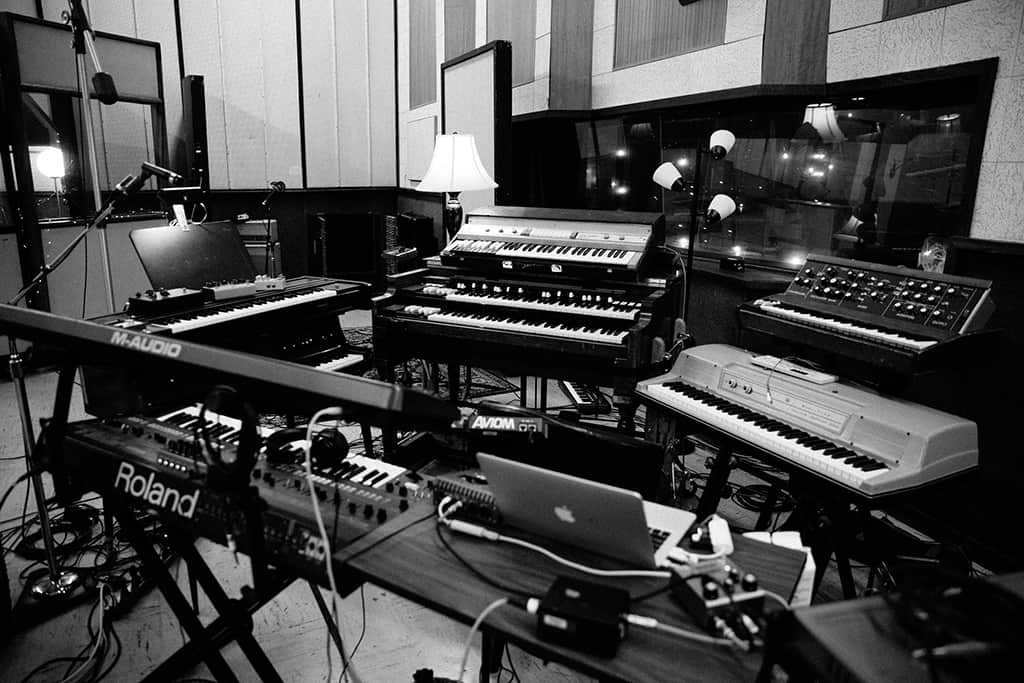
DEMO-ITIS?
However, things did not quite work out as expected at Valentine, recalls Boucher. “Neil got far more than he bargained for. We ended up keeping a lot of the material we recorded at Valentine, and I think that most of what ended up on the album was recorded there! But we didn’t realise when we finished recording there how good the things we had on tape were.
“We stopped for a while after the two weeks at Valentine, and Neil went off to do a benefit concert with Fleetwood Mac. After he came back we worked for two weeks or more at United Recording Studios in Hollywood. We used the Neve 8068 desk there and recorded to an Ampex ATR-124 — mythical but glorious beast that reputedly bankrupted the company.
“When I am at United I record to analogue and Pro Tools at the same time, because I use Pro Tools as the headphone mixer, instead of using the aux sends on the desk. The aux sends on a Neve desk can drop out easily, whereas the headphone mixer in Pro Tools kind of bulletproof, and with HDX you don’t need to worry about latency.
“Towards the end of our time at United, the Covid thing started creeping in more and more, and in the middle of March, the day after we started recording lead vocals, Neil called it.
COVIDIOUS POSITION
We all have our recollections of exactly when the severity of the pandemic really hit, with the realisation that life would no longer be the same. Many people dropped everything they were doing, but as the gravity of the crisis dawned on Crowded House and Boucher, they had the presence of mind to immediately take steps to make it possible to continue working on the album.
“I ordered five hard drives,” says Boucher, “and made everybody a copy of the recordings, with complete Pro Tools sessions and so on. I also gave Neil and Liam a Neumann M269c mic each, and Liam the same microphone plus a couple of dynamic microphones for guitar amplifiers. Neil and Sharon stayed in LA, to be with their grandchildren, ie. Liam’s kids. Liam has his own studio, and Elroy was renting a place. Mitchell went to his home and studio in Santa Monica, and Nick went back to Ireland, where he lives and has a studio.
“Although all of us, apart from Nick, were in LA, the sense of a diaspora was very real. We all went to our separate corners. I went back home as well and worked on mixing the ‘Soul’ soundtrack at my Chateau Boucher studio. Meanwhile, the band members did overdubs at their home studios, and sent them to Dropbox as MP3s. Collectively, the decision was made about whether they liked these overdubs, or not.
“When a band wants to take ownership of their own songs and try out different ideas and record things themselves, it can be really empowering. I’d given them good microphones and they used good mic pres, and they did really well. I made the case with management and the record company to have the credits read: recorded by David Boucher and Crowded House. My recordings are the back bone of this record, and they informed everything, but the recordings were finished at home by Crowded House, in their own private spaces.”
So when I mix, I don’t look to reinvent the wheel, but rather to try to get the audience to feel what I felt. Because that was a good feeling!

CALL IN THE AUDIOMOVERS
Nearly three month later, in early June, Boucher was contacted again, with the request to mix the album. “Neil called me and said, ‘I think we’re ready to mix.’ I did not know whether I would, or whether they’d ask Bob [Clearmountain] or Tchad [Blake] to mix. But Neil asked me and said, ‘let’s go to United.’ However, only three people were allowed at any time in the control room, and with the idea being that we’d all be there for the mixes, it made no sense.”
Instead, the decision was made for Boucher to do the mixes at his Chateau Boucher studio, with the band present remotely. “We had Zoom calls with everybody every day for a couple of hours, and I’d have Audiomovers on my Pro Tools stereo output. I broadcast at 320kbps AAC, though you can broadcast at 96kHz/32-bit, if you have the upload speeds. I think the Audiomovers guys should get a Nobel Prize or something. It empowered me to keep working during the pandemic. I use it with film directors, and with remote recordings and so on. It’s effective and fast. I’ve used it on so many records now, it’s crazy.”
Boucher started Chateau Boucher almost 20 years ago, and the latest incarnation is a pure mix room, with wall and acoustic treatments, and a 5.1 setup, so he can also work on movie mixes. “My room sounds great and translates well. My 5.1 speakers are the Amphion One18, which go surprisingly low. I also use Audio Technica M50x and the Raal Requisite SR-1A headphones. Initially this was a place to edit and pre-mix before I’d go to a mix stage, but since covid hit, I’ve worked here most of the time, with Zoom and Audiomovers.
“I work in the box in Pro Tools native, but also have a stack of outboard, including a Dangerous Music Bax EQ, Retro Instruments Audio 175B and Universal Audio 1176 compressors, Bricasti reverb, Neve 1082, and so on. I also have an EMT 240 plate, and an Ampex ATR 102 one-inch two-track tape recorder and an Ampex 440 quarter-inch two-track.”
“I have a patchbay that allows me to do external summing, but mostly I use the Apogee Symphony IO Mk2 24 I/O to interface with the plate, the Bricasti, the stereo bus chain and the tape machines and then delivering to speakers and headphones. I also have this tiny SMSL M500 MQA Audio DAC, which is really handy for monitoring the computer’s built-in output when I am working in Izotope’s RX standalone app. All the monitor sources feed my StudioComm for volume control and routing to the power amps.”
MIX DETAIL
With the stage where he mixed ‘Dreamers Are Waiting’ set, Boucher went into detail on his mix process, first of all emphasising that he actually did most of the heavy mix lifting during the recording, and his work at Chateau Boucher was more a matter of putting the dots on the i’s.
“Because Neil wanted things not to sound safe, when we were at Valentine, I thought, ‘I can do whatever I want.’ It’s kind of the way I work as a recording and mixing engineer: I hear the song in a certain way and we’re all in the room making this thing that comes out of the speakers, and by the time I’m done recording, I’m also almost done mixing. It developed in working with Mitchell: I’m not going to get rid of all the ideas that were formulated and laid down during recording in the final mix.
“So when rough mixing at Valentine, I went through the desk, and mostly it was a matter of using the desk EQ and compression and balancing and panning. They also have a couple of nice echo chambers, and I used my Watkins tape echo for delay. There was one day towards the end of our stay at Valentine when the band watched me rip through 15 or 20 live mixes. Sometimes we had two versions of a song. I later did the same thing at United.”
You can record in Pro Tools and make it sound like something from the ’30s. There are ways to get the result you want regardless of what medium you work on.

SOMETHING OLD SOMETHING NEW
‘Dreamers Are Waiting’ sounds both warm and modern. I wondered if Boucher went out of his way in his mixes to make sure the record could hold up in the current market place?
“Well, for starters there was never any intention to make this sound like an old record. Of course, recording the band live in a room and going to tape is an old-style approach to recording, but that doesn’t necessarily mean the result will sound old. You can record in Pro Tools and make it sound like something from the ’30s. There are ways to get the result you want regardless of what medium you work on.
“Playing live and going to tape was about having the musicians play in an environment they were familiar and comfortable with. I even had to adapt the recording techniques in the interest of that comfort zone. For example, my approach to mic placement on an acoustic guitar is different to Neil’s. He is used to having a mic close up over the 12th fret. I typically don’t like that approach, because to me it makes the guitar sound more like a percussive instrument than a harmonic instrument!
“The reality is that Neil would just move around until he gets the sound he wants to hear in his headphones, so even if I had placed the mic where I wanted it, he’d still have moved to a place of his liking. So I had to surrender to the 12th fret approach. I used my Neumann U67 or sometimes a Beyerdynamic M160 or ElectroVoice 666, and a Little Lab Lmnopre, which is fantastic on acoustics, and a UA 1176AE.
“There were no such issues when I was recording Neil’s voice, and I used the Beyerdynamic M500, which is my favourite vocal mic. I also used the ElectroVoice 666, and there are, in fact, lots of those on the entire album, including on guitars. At his home studio, Neil used the 269C or a Shure SM7 on his voice.”
BIG BOTTOM
Boucher, “With regards to the big bass, many people have commented on that, even the band’s manager! But really, it’s the sound Nick gets out of his bass. It’s astonishingly good! I recorded it DI and with an SM7 on my Ampeg B-15N and then to tape. Neil, Liam and, to some extent, Elroy, had told me they wanted the album to have a warm feeling, so I went for that, but I’m not someone who likes loud bass just for the sake of it.
“I like bass to be supportive harmonically and rhythmically and to sound in its proper context. Let the bass guitar be the instrument it wants to be, and don’t forget the word guitar in it! That also gives room for bigger kick drums, or 808, or electronic production. Having said all that, I think that the bass is very important in Crowded House, and this certainly impacted how I mixed it.”
Returning to his in-the-box final mix of ‘Dreamers Are Waiting’, Boucher explains, “The entire process probably took a month or so collecting and verifying all the material, organising the multi-tracks and mixing. Whoever had the last version of a session would send it to me, and I would make sure everything was there. Occasionally I would drive their computers remotely, either through iMessage or Zoom, and get the right stuff in Dropbox. So once I had all the stuff I got the session ready to mix.
“If I’m mixing something I’ve recorded, then I try to make it feel the same way it did in the recording session — ‘this is the take’. This can lead to things like having a guitar solo too loud. For example in the song ‘Sweet Tooth’ there was a guitar solo by Liam which he played on the floor with the band, the first time, and it just gripped me. It’s on the album, and I hope it’s still too loud! It’s whatever it takes to get me to feel the same way as when I recorded the track. So when I mix, I don’t look to reinvent the wheel, but rather to try to get the audience to feel what I felt. Because that was a good feeling!”
Check out our 2009 tour of Neil Finn’s Roundhead studios here.





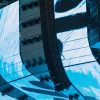





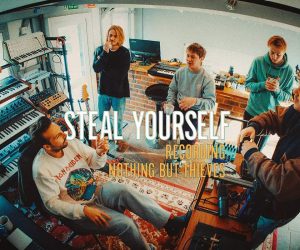
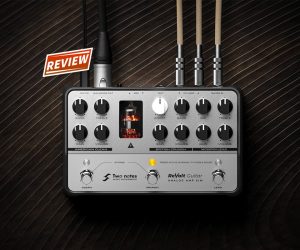



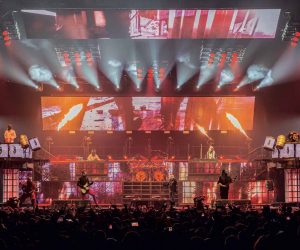

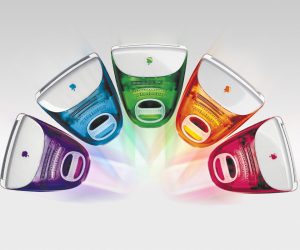
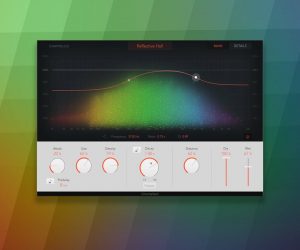




Great article Thanks folks. I bought the CD last week and am loving it. Great sounds and songs.
Congratulations to ALL involved.
Thanks Richard. Great to hear from you, BTW.